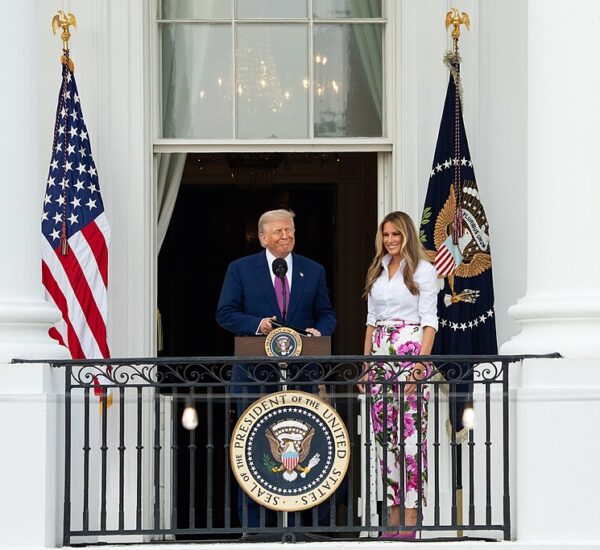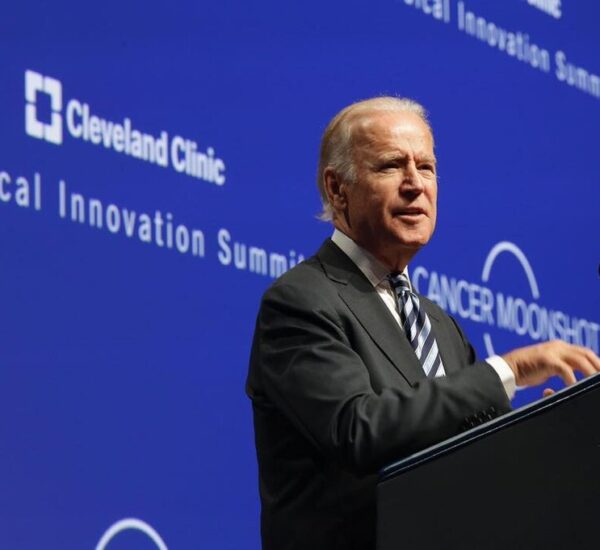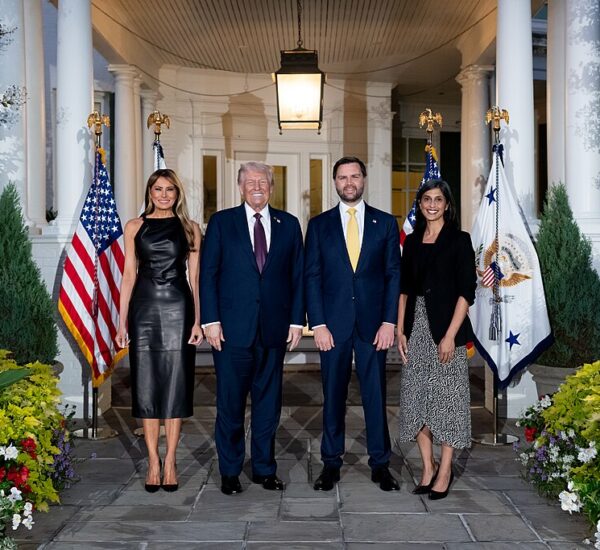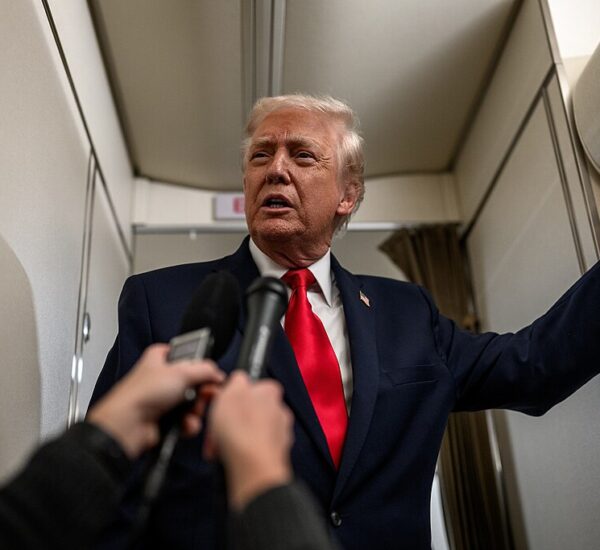Blue State Declares State Of Emergency
On Wednesday, California Governor Gavin Newsom declared a state of emergency in response to the detection of bird flu in dairy cows across the state. This move, while framed as an effort to expedite the state’s response, raises concerns about the growing role of government intervention in managing public health and agricultural crises.
In his announcement, Newsom’s office argued that the declaration would provide state and local agencies with “additional flexibility around staffing, contracting, and other rules” to better handle the situation. While this sounds reasonable on the surface, it also opens the door for greater bureaucratic control over resources and decisions at a time when many Californians are already questioning the effectiveness of government-run programs.
As of now, California has confirmed 34 human cases of bird flu, a disease that has largely remained contained to animal populations. These cases have been linked to direct exposure to infected cattle, with no evidence of human-to-human transmission. One particularly concerning incident involved a child who became ill after consuming raw milk from potentially infected cows. Fortunately, the child has since recovered, but this case serves as a reminder of the risks associated with unregulated food sources.
Governor Newsom’s proclamation underscores the state’s commitment to public health and agriculture, but his track record suggests that Californians may face even more government oversight and intervention in the name of safety. With the bird flu outbreak being a relatively low-level threat to the general public, it’s worth asking whether such drastic measures are truly necessary or if they serve as another opportunity for expanding government control.
Federal health authorities have kept the risk of widespread transmission low, yet efforts to limit the virus’s spread among farmworkers continue. The CDC recently confirmed the first severe human case of H5N1 bird flu, although it was contracted through exposure to sick backyard birds, not dairy cattle.
As California ramps up its response, one thing is clear: state intervention is increasing, but the question remains—will it genuinely protect public health, or just expand government reach further into our lives?






